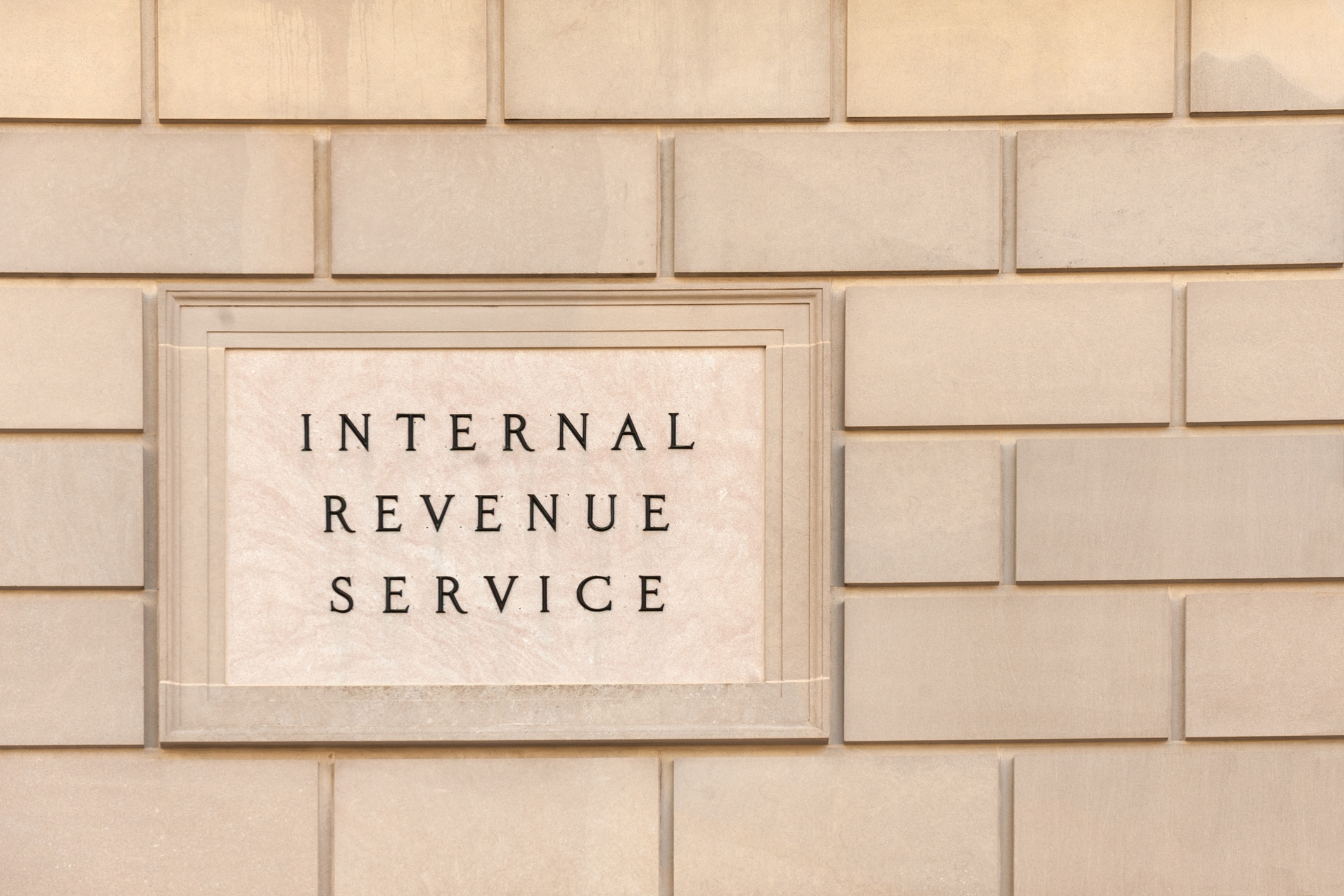
Both individuals and the companies they work for continue to explore new ways to address the finances of retirement. One option is the cash balance plan. It works like a pension plan in that workers can get a lifetime annuity. However, unlike a pension plan, a cash balance plan creates an individual account for each covered employee, complete with a specified lump sum. And it offers potential savings for employers.
The cash balance plan assumes a combination of employer contributions and compound interest over time. When employees retire, they can either take the lump sum or commit to an annuity that pays a portion of the sum in regular checks. Employer contributions are often between 5% and 8%, compared with the 3% employers typically contribute to 401(k) plans. Participants also receive an annual interest credit, which may be set at a fixed or variable rate, based on the 30-year Treasury rate.
With a cash balance plan, the amount of money an employee can expect in retirement is defined. The employer, not the employee, bears the risk of market fluctuations — unlike a 401(k) in which the employee bears the risk of a market downturn that can wipe out savings.
However, cash balance plans are insured and must offer the option of a lifetime annuity. Owners can change or freeze a pension plan, but they can’t renege on benefits employees already have earned. Most of the funds in defined benefit plans are federally insured through the Pension Benefit Guaranty Corporation, a government agency.
If an employee decides to take benefits from a cash balance plan as a lump sum, it can be rolled over into an IRA or a new employer’s plan.
Business owners who establish a cash balance plan for themselves and their employees will find much higher contribution limits than they’d get with a 401(k). This can be a real lifesaver for those who need to make sizable catch-up contributions to prepare for retirement. Contribution limits for cash balance plans are based on age. These are pretax contributions and compare favorably with a 401(k), in which total employer and employee contributions have much lower limits.
Having a cash balance plan in addition to a 401(k) can help retirement savers lower their tax bills and increase their retirement funds. Cash balance plan participants get regular statements explaining the hypothetical value of the retirement account as well as the money they can expect to have in retirement. If workers choose an annuity, they have less control but enjoy the peace of mind that comes from knowing they can’t overspend and leave themselves with nothing in old age.
Of course, employees may face reduced benefits if the company runs into difficulties later. That’s why some employees choose to take their benefits as a lump sum and roll it over into an IRA while they can, taking long-term responsibility for their retirement. If you choose a rollover, you’re taking the responsibility to make your benefits last for the rest of your life.
Whether you’re an employee or a business owner, call us to find out more about cash balance plans and how they can help you.
If you have any questions about this information please contact BlueStone by clicking here.
©2020




